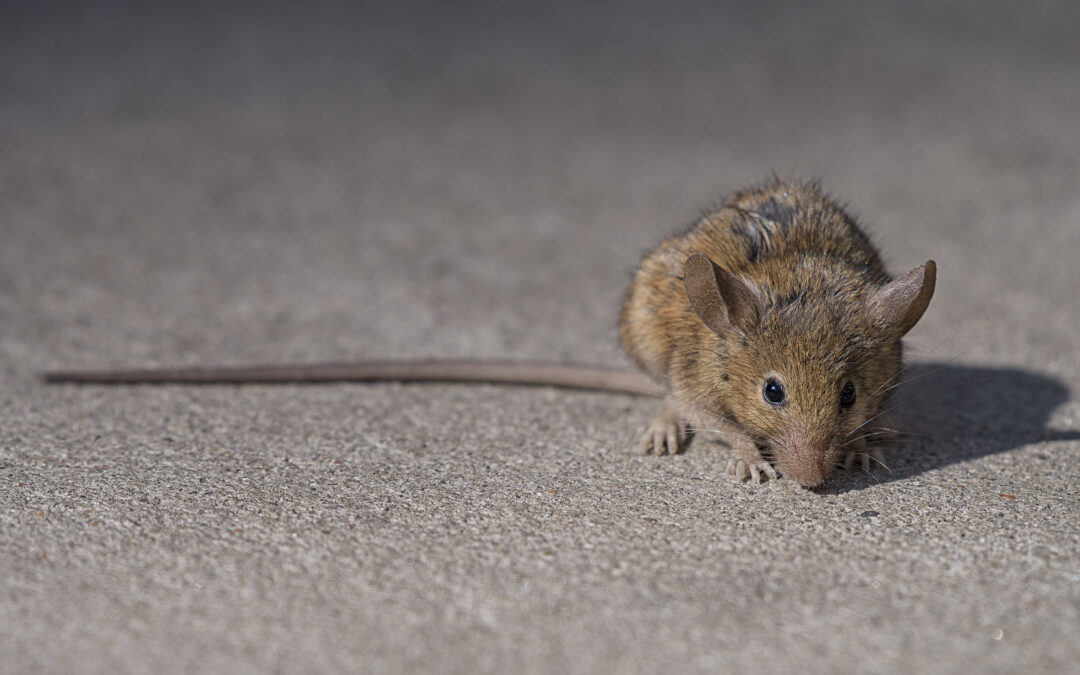Residents of Wrocław are being urged by officials to play their part in tackling a plague of rats that has hit the city.
Locals have long had to deal with the issue, but rodent reports have risen in recent months, with sightings in streets, courtyards, walls and pipes, as well as inside homes – including one family that found a rat floating in their toilet.
Renata Skrzypek discovered the drowned animal in the lavatory of her ground-floor apartment last week. She told news service TVN24 that this was not the first time a rat had appeared in her toilet, as she had previously seen a tail moving around in the bowl less than three months ago.
❗❗Wrocław. W mieście jest tyle szczurów, że gryzonie wchodzą już do mieszkań przez ubikacje. Ten na zdjęciu, na szczęście dla przerażonej lokatorki, utopił się w kanalizacji. Ale niektóre szczury się nie topią. Ohyda. Mieszkańcy są przestraszeni. Czy w tym mieście musi tak być? pic.twitter.com/SKBn7xXxMF
— Marcin Torz (@MarcinTorz) March 16, 2023
Skrzypek has written to city officials about the rodent problem in her building but told local newspaper Gazeta Wrocławska that her letters have gone unanswered. This has caused concern as she is dependent on the city to intervene in this issue.
“This is a council flat,” she said. “With a small salary and a dependent child, I can’t afford to pay for private pest control because it would involve ripping out the ceiling, removing rat excrement, nests and carcasses, disinfecting the ceilings and refilling them. I can’t afford it.”
Rats are not a new problem in Wrocław but residents are frustrated that, despite regular exterminations carried out by the city, the rat population seems to be thriving. Many locals criticise city authorities for the issue, blaming poor extermination and waste management efforts.
#Wrocław. Szczurów w mieście jest już na tyle dużo, że przyzwyczaiły się do obecności człowieka i przestały bać się ludzi. Codziennie można spotkać stada buszujących po śmietnikach osobników.https://t.co/QhOJp790sU
— PolsatNews.pl (@PolsatNewsPL) March 18, 2023
City officials have confirmed that there are growing reports of rats and have moved to take action. But they also argue that they cannot deal with the problem without action from residents themselves.
“There have been more of these reports recently, so apparently the rat population has increased,” Grzegorz Rajter, from the city’s department of social communication, told Gazeta Wrocławska.
“We are learning all the time how to [better] fight the rats,” he said, but added: “If the authorities keep eradicating the rats, but people still don’t stop throwing food away and don’t start closing their rubbish bins, for example, we won’t get rid of the problem.”
At a meeting of Wrocław city council on Thursday, it was decided that the frequency of exterminations in the city centre would be increased. Instead of five months a year, exterminations will now take place 10 months a year, from May to September and from November to March.
Rajter stresses that, while this is good news, people should not expect to see immediate results as the process will take time and is also dependent on the efforts of residents themselves.
Local authorities have been struggling to contain an infestation of rats plaguing villages in central Poland, leaving some residents afraid to go out after dark.
Some locals have blamed a mink fur farm for the outbreak, though the owner denies it https://t.co/oXJsMfgUKa
— Notes from Poland 🇵🇱 (@notesfrompoland) January 9, 2023
Mateusz Krzyżowski, the owner of a local pest control company, also believes the plague of rats has drastically worsened. He claims to receive so many calls that he is constantly on the go. “The trend is unfortunately upward. I believe it is two or three times what it was in previous years,” he told TVN24.
Krzyżowski believes that there are now three rats for every inhabitant of Wrocław. Like Rajter, he has called on residents to play their part in reducing this number.
“If you take out the rubbish, throw it into the container, closing the lid, and not putting the bag next to the container. Rats thrive on it and eat this waste. We in the business call this the canteens of the world.”
The domestic cat has been classified as an invasive species by Poland's leading scientific body.
However, the environmental protection agency reassured concerned pet owners that cats have not been added to the official Polish and EU invasive species lists https://t.co/5Ozf4tiPYy
— Notes from Poland 🇵🇱 (@notesfrompoland) July 19, 2022
Main image credit: G. Scott Segler/Wikimedia Commons (under CC BY-SA 4.0)

Anna Hackett is an assistant editor at Notes from Poland. She is a recent graduate of European Studies from Trinity College Dublin and has had previous journalistic experience with the Irish Independent News & Media group.




















